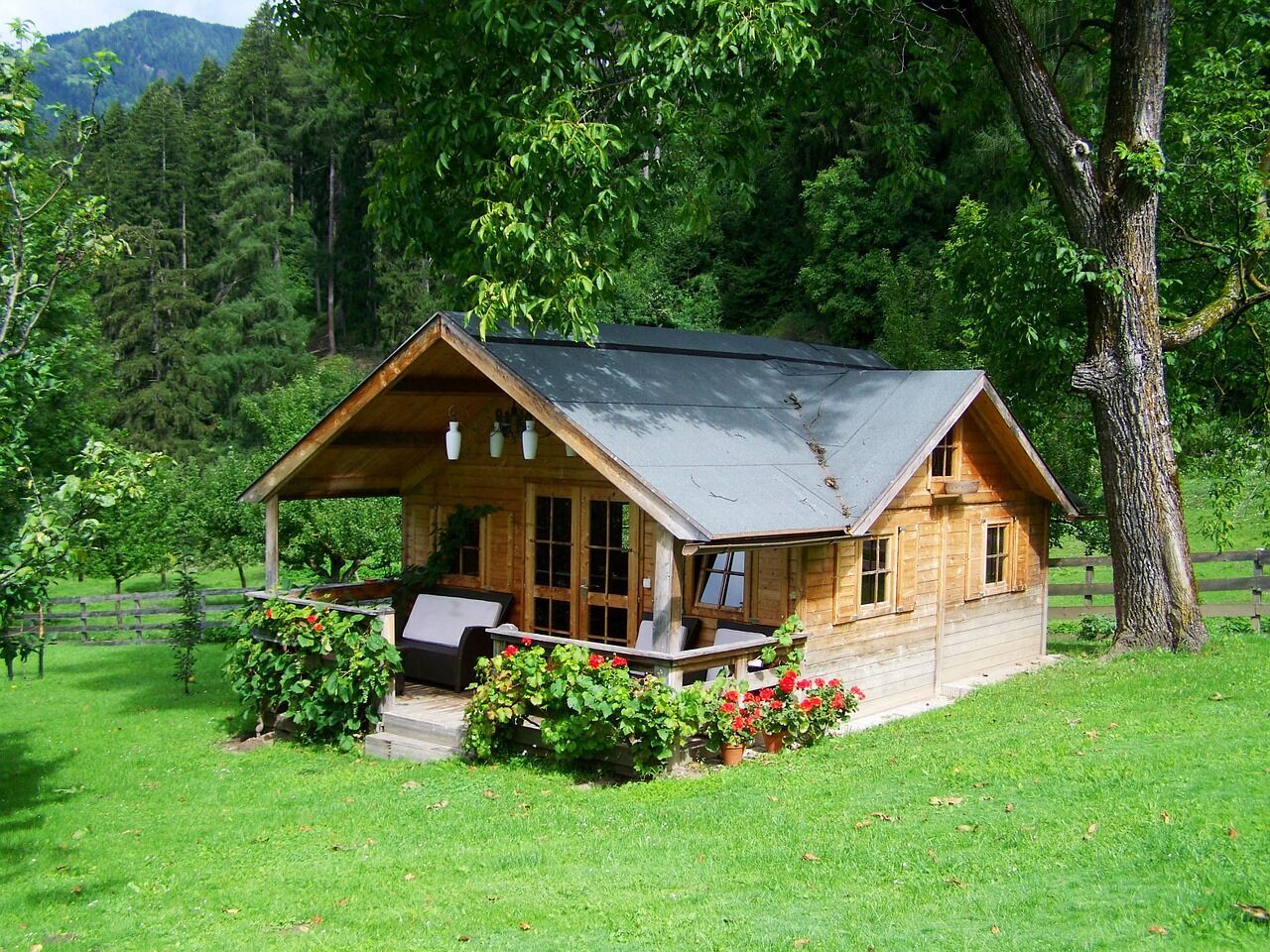Are you one of the growing number of people thinking about downsizing your home? Though moving into a smaller house sounds like an exciting endeavor, it is also a logical choice for most, especially money-wise. Despite its potentials, moving into a smaller space can be overwhelming, so knowing a few things beforehand can save you a headache.
For that purpose, we have set out a list of must-knows for all those who plan to live in a smaller square footage.
Know How Much Space You Actually Need
Downsizing is a great concept but it is important to stay realistic about it. In a moment of inspiration, you might want to get rid of all your things and belongings, but you should think about it clearly. For the new small house to become your new home, it ought to satisfy your needs and wishes, at least the most important ones.
Even after you have thought about how much space you need, sticking to an exact number of square footage might not be possible. Different homes will have different layouts, so be prepared that there may be a range of footage you ought to consider so as to meet your immediate needs.
Also, if you aren’t living alone, you need to find the compromise for all family members.
Decluttering Is the Hardest Part
You can start decluttering right away, like getting rid of magazines that keep piling up. However, you can start decluttering for real only after you have established the dominant aspects of your lifestyle you want to keep in your new home.
If you are afraid you might begin decluttering and never finish, create a list first. The list should contain the things you own and later on, you can update it with information on the new items you will need for your new home. Label every item with keep, donate, give to a friend/family, or sell. You can use sticky notes as additional visual aids to place on your belongings and each colour can reflect a particular category.
Downsize Your Appliances to Suit Your Small Home
Not every piece of furniture will have a place in your new smaller living arrangement, but another feature can make it more functional. You might want to replace a double door fridge freezer model for something not as overbearing. Also, consider getting compact washer and dryer, as they are designed to blend in. Though they will take on smaller laundry loads than the full-size ones, they will save quite a lot of living space.
An Organized Storage Room Saves Space
Although you might be a highly organized person, there will always be some knick-knacks that you need to keep but have nowhere to put. This is especially obvious when there is no extra space in your home.
A storage room can be a lifesaver in this respect as long as you maximize the space use. It is important to keep that space organized, so make sure that all the items, like your tools and your stock of home appliance supplies are easily stored and reached when you need them.
Clutter-Free and Smart Storage
Once you have got rid of most of your clutter, you will feel oddly liberated. But the trick is to keep up the good work and keep your home clutter-free. Each belonging should have its own place and you should make a habit of putting things away.
Moreover, a smaller space will inspire smart storage ideas. Try to combine them with your furniture, like under your living room sofa and bed. You can also hang some shelves and pots from the walls, both as a storage and a decoration idea. The important thing is to not go overboard, by creating only as much storage as you need and not closing up the space.
Use Color and Light to Your Advantage
Apart from the furniture and appliances in proper sizes, you can also use colors and light to give the illusion of more room and make the space airier. Light colors of walls and furniture can make a room look bigger even when there is a limited source of natural light. In addition, good lighting and mirrors can open up and brighten up the space.
Less Stuff, More Freedom
It might seem hard to go small, but it will give you the freedom you just can’t have in a large space. The financial factor is the most noticeable one, as having some extra cash can give you more opportunity to go out and about.
Also, a smaller home can mean moving into the heart of the city, consequently shortening your commute but also shortening the distance between you and the events happening downtown.
Taking a step towards being a small homeowner can be challenging but if you know all the facts, there is no reason to fear it. Free yourself from the stuff you don’t need and you will be able to have more room for things that matter as well as more time to actually enjoy them. By using functional pieces and light, you will make the space work even better than you might have believed it ever could.
Bio:




 Looking for unique prepper stocking stuffers?
Looking for unique prepper stocking stuffers?










